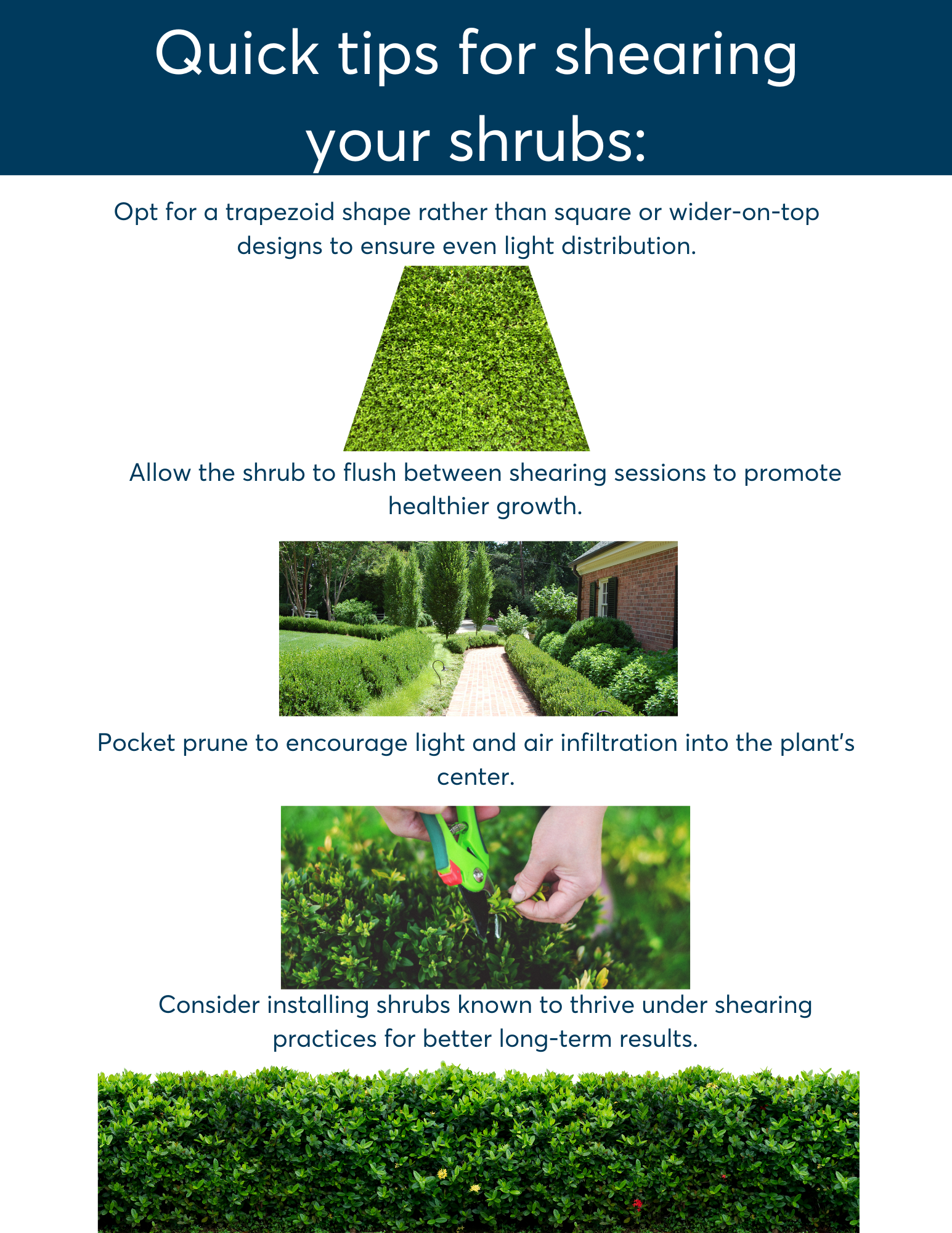Formal hedges can add grandeur to any landscape, reminiscent of the elegance of the Palace of Versailles. Yet, the stringent maintenance of tightly sheared shrubs year-round comes with its own set of drawbacks.
When plants are sheared, the newest leaves—vital for photosynthesis and growth—are often removed, leaving behind older, less productive foliage. This compromises the plant's ability to thrive, making it weaker and more susceptible to various issues. Over time, sheared plants tend to become less healthy and have shorter lifespans compared to their naturally maintained counterparts.
Furthermore, shearing promotes dense growth at the outer edges of branches, leading to shading of the interior foliage. As a result, the inner leaves are often shed due to insufficient light, leaving the plant with a hollow shell of leaves on the outside. This leafy shell can trap moisture, creating a breeding ground for fungal infections.
Horticulturalists recommend pocket pruning to mitigate the adverse effects of shearing. This technique involves selectively reducing and removing branches to open up the crown, allowing better sunlight penetration and air circulation. By incorporating a few reduction and removal cuts into your shearing routine, you can maintain a neat appearance while prolonging the life of your hedges.
By striking a balance between aesthetic preferences and the needs of your shrubs, you can enjoy a picturesque landscape that flourishes for years to come.
